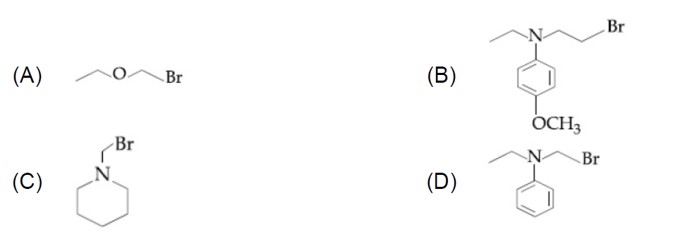Organic Chemistry - Some Basic Principles and Tech
Get insights from 110 questions on Organic Chemistry - Some Basic Principles and Tech, answered by students, alumni, and experts. You may also ask and answer any question you like about Organic Chemistry - Some Basic Principles and Tech
Follow Ask QuestionQuestions
Discussions
Active Users
Followers
New answer posted
2 months agoContributor-Level 6
Organic chemistry is applied in pharmaceuticals, the food industry, the manufacture of polymers, agriculture, and environmental science. Most of the things that we use in daily life, such as soaps and medicines, are made of organic molecules.
New answer posted
2 months agoContributor-Level 6
The main difference between organic compounds and inorganic compounds is that organic compounds contain carbon atoms from bonds with hydrogen and other elements, whereas inorganic compounds don't have carbon atoms (except carbonates and cyanides).
New answer posted
2 months agoContributor-Level 6
In class 11 organic chemistry, the important chapters are hydrocarbons, classification of organic compounds, isomerism, method of purification of organic compounds, and Qualitative and quantitative analysis of organic compounds.
New question posted
3 months agoNew answer posted
3 months agoContributor-Level 10
In case, nitrogen and sulphur both are present in an organic compound, sodium thiocyanate is formed.
Na + C + N + S → NaSCN
Which further reacts as:
Fe³? + SCN? → [Fe (SCN)]²?
(Blood red color)
New answer posted
3 months agoContributor-Level 10
S 1 reaction depends on carbocation stability and cation form in 3 will be most stable.
Taking an Exam? Selecting a College?
Get authentic answers from experts, students and alumni that you won't find anywhere else
Sign Up on ShikshaOn Shiksha, get access to
- 65k Colleges
- 1.2k Exams
- 681k Reviews
- 1800k Answers


